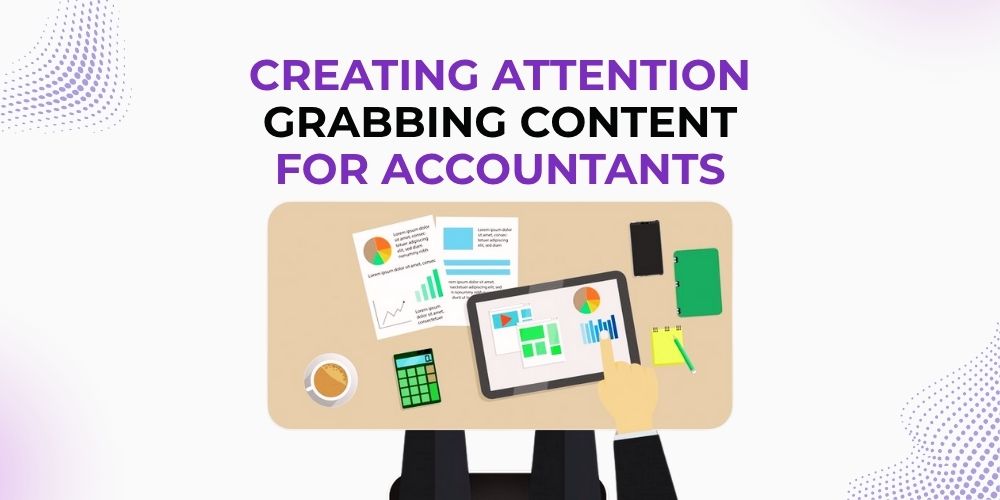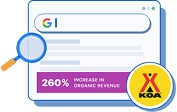When we think of accounting, words like “numbers,” “spreadsheets,” and “compliance” often come to mind.
It’s a field perceived as methodical and a bit dry. But here’s the thing: accounting is the backbone of every business, and the professionals in this field are constantly seeking insights, updates, and strategies to enhance their practice.
Creating content that resonates with accountants doesn’t mean diluting the technical aspects; it means presenting information in a way that’s engaging, informative, and directly applicable to their daily challenges.

In this guide, we’ll explore how to craft content that not only captures the attention of accountants but also provides them with genuine value.
Understand Content Marketing for Accountants
Before you even draft a headline, you must step into the shoes of your audience. What keeps accountants up at night? What challenges do they face, and what motivates them?
Key Interests of Accountants
Regulatory Updates
The financial world is in constant flux. From changes in tax laws and GAAP/IFRS standards to new compliance rules, accountants must stay on top of evolving regulations. Content that simplifies or summarizes these updates saves them time and keeps them compliant.
Technology Integration
With rapid marketing advancements in AI, automation, and cloud-based accounting tools, accountants are looking for ways to stay efficient and relevant. They’re seeking guidance on which tools to adopt, how to implement them, and how to navigate the learning curve.
Client Relationship Management
Beyond crunching numbers, accountants must manage relationships with individuals, businesses, and sometimes entire boards. Content that offers tips on communication, expectation management, and client satisfaction will always resonate.
Now the question is: How to Approach Content for This Audience
Create with intention. For example, a blog post titled “Top 5 Accounting Software Tools” can go beyond listing names.
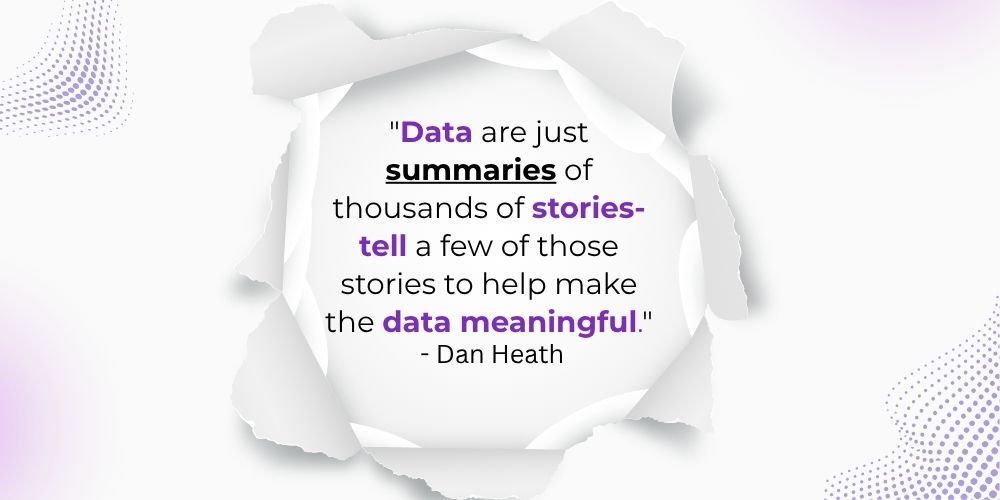
Offer a side-by-side comparison, include user reviews, and outline use cases for different firm sizes. Add value by linking to demos or trials. The goal is to make decision-making easier and informed.
How to Create Content for Accountants?
Text-based blogs are still useful, but limiting your content strategy to them alone may not fully engage today’s accountants.
Modern professionals prefer learning in different ways, some are visual learners, others prefer listening during commutes, and many crave hands-on tools.
Effective Content Formats That Resonate
Webinars & Live Events
Host monthly or quarterly sessions on hot topics like “Navigating the New Corporate Tax Codes” or “Cybersecurity for Accounting Firms.” Live sessions allow for real-time Q&A, which boosts trust and audience participation.
Infographics & Visual Guides
Complex regulatory frameworks or tax changes can be difficult to digest in plain text. Infographics break them down into easy-to-scan visuals, making dense topics feel lighter and easier to act on.
Interactive Tools
Develop calculators for tax estimation, ROI simulations, or audit readiness checklists. These tools provide immediate value and keep visitors engaged on your platform longer.
Here’s an implementation tip: Bundle these elements into a monthly newsletter.
Instead of a generic roundup, offer a curated mix of formats: a short how-to article, a visual tip of the month, and a link to an upcoming webinar.
The variety keeps readers engaged and appeals to different consumption habits.
Effective Marketing Strategies for Accountants
Accountants love data, but that doesn’t mean your content should read like a ledger. The secret to creating memorable and impactful content lies in storytelling.
Human brains are wired for narratives, and even the most technical content strategy can benefit from a well-told story.
Strategies to Bring Numbers to Life
Case Studies
Share how a real client used your services or recommendations to achieve a specific outcome. For example, implementing a cloud-based accounting platform reduced reconciliation time by 40%.
Client Testimonials with Context
Don’t just publish a quote; tell the backstory. What was the client’s challenge? The solution was implemented? What measurable results followed? This transforms testimonials into proof points.
Narrative Blog Posts
Use storytelling frameworks to walk readers through a problem-solution-lesson format. It could be “A Day in the Life of a CFO Adopting Automation” or “From Chaos to Clarity: How a Small Firm Survived a Tax Audit.”
To understand better, imagine a post titled “How a Mid-Sized Firm Cut Costs by 25% Using AI-Driven Accounting Tools.”
Begin with the firm’s initial struggles, manual processes, high error rates, and lost productivity.
Then, introduce the tool, outline the implementation, and showcase the results. End with a takeaway that readers can act on, like a checklist or downloadable resource.
Visual Content Marketing for Accountants
Let’s face it, most people don’t get excited about spreadsheets and tax codes. That’s where visual content steps in as a game-changer.
Visual aids are not just decorative; they are cognitive tools that help break down complicated financial data into digestible, intuitive formats. When used strategically, they can make your audience feel smarter, more informed, and more connected to your message.
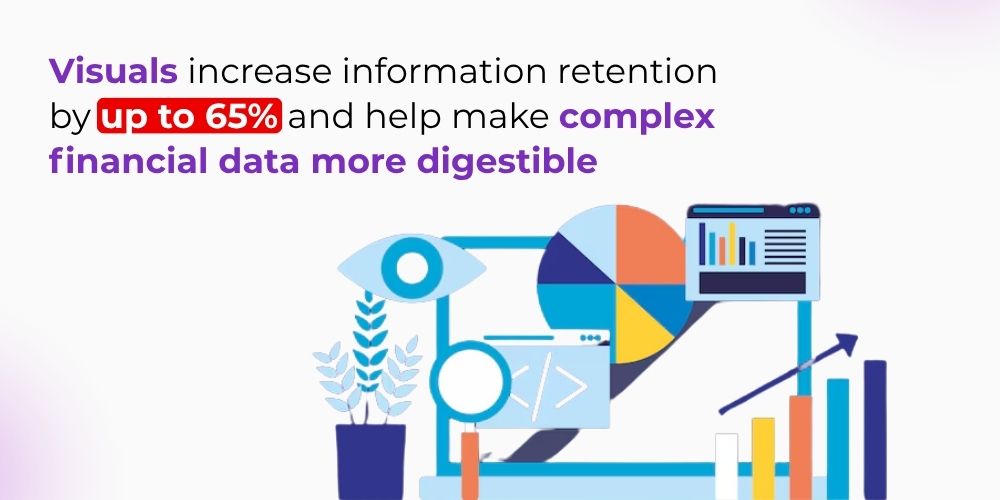
Charts and Graphs are indispensable when presenting trends, comparisons, or performance data.
For instance, showing revenue growth over five years through a line chart not only conveys the message instantly but also gives it visual impact. Infographics, on the other hand, are excellent for step-by-step breakdowns. Imagine turning a daunting process like “Year-End Financial Reporting” into a simple, flow-based graphic.
It increases comprehension and keeps the audience engaged.
Don’t underestimate the power of videos. Short explainer videos covering topics like “Understanding Balance Sheets” or “Why Cash Flow Matters” can serve as both educational tools and powerful brand assets.
They are particularly effective on social media marketing and email marketing, where attention spans are short.
Make sure all your visuals align with your brand’s identity, consistent colors, fonts, and logo placement matter.
A branded visual not only looks professional but also reinforces recognition and trust across platforms.
SEO Strategies for Accountants
There is no point in having good content if no one finds it and reads it. In the realm of financial content marketing, Search Engine Optimization (SEO) is your bridge between quality content and audience discovery.
But SEO in this space comes with its own challenge: how do you integrate technical terms without alienating non-expert readers?
Keyword integration is key, but it must be natural. Use phrases like “financial content marketing,” “SEO for accounting firms,” or “tax strategy blogs” within your content in a way that flows conversationally.
Keyword stuffing can backfire, leading to poor readability and penalization from search engines.
Meta descriptions are often overlooked but critical. These 150–160-character snippets serve as your ad copy on search engine results pages.
A well-written meta can be the deciding factor in whether a user clicks or scrolls past. Think: “Learn the top 5 strategies to simplify financial reporting for your clients, visuals, SEO, and more.”
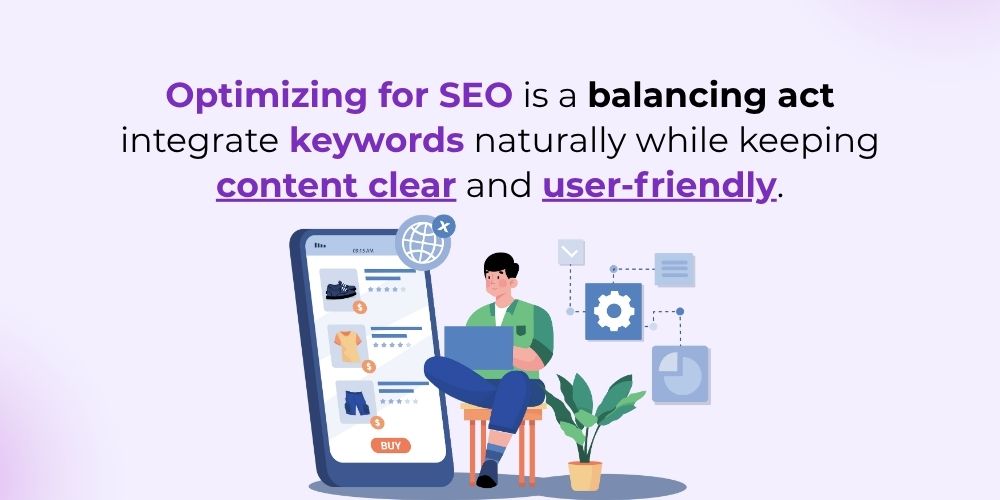
Clean, readable URLs are equally important. Instead of www.yourwebsite.com/page?id=1234, go with something like www.yourwebsite.com/content-marketing-accountants. It’s better for both user experience and SEO rankings.
Example: A blog titled “Content Marketing Strategies for Accountants” supported by an SEO-optimized URL, compelling meta description, and well-placed keywords is far more likely to gain traction than one written in a vacuum.
How to Build Authority for an Accountant?
Trust is currency in the financial world, and content can be a powerful vehicle to earn it. However, authority doesn’t happen overnight.
It’s the result of a well-planned, consistent publishing SEO strategy that delivers value over time.
Start with an editorial calendar. Planning content in advance not only ensures regular publishing but also helps maintain variety and relevance.
For example, schedule a mix of “How-To” guides, opinion pieces on market trends, client success stories, and seasonal content like “Tax Planning Tips for Q4.”
Inviting guest contributors is another effective strategy. Featuring insights from auditors, tax advisors, or fintech founders can add fresh perspectives and boost your credibility. It’s also a great way to tap into their audiences and extend your content’s reach.
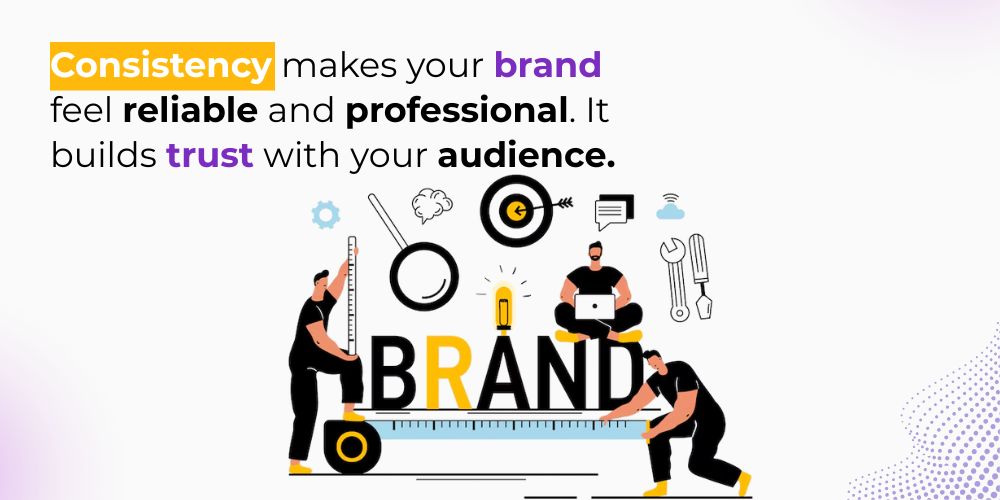
Lastly, don’t treat your content as a one-way street. Incorporate feedback mechanisms, comment sections, polls, and even quick surveys.
Not only does this increase engagement, but it also helps you gather valuable insights into what your audience cares about most.
The Long-Term Payoff: Over time, this consistent, high-value content builds a loyal readership. It positions your brand not just as a service provider, but as an industry thought leader that people turn to for reliable insights.
Common Pitfalls in Content Marketing for Accountants
Even with the best intentions, content can fall flat if not executed thoughtfully.
For those creating content tailored to accountants, who often deal with highly technical, detail-oriented work, the challenge is striking a balance between professionalism and engagement.
While your insights may be valuable, how they’re presented can make the difference between a loyal audience and a disengaged one.
Let’s explore some of the most common content marketing pitfalls and how you can avoid them to deliver truly impactful material.
1. The Overuse of Jargon: Speak to, Not Over, Your Audience
Accountants are familiar with industry-specific terminology, but that doesn’t mean every sentence should be packed with technical language.
Using too much jargon creates a barrier to engagement, especially for newer professionals or stakeholders outside the accounting field who may still be part of your audience.
Solution: Use plain language where possible. Explain complex terms when they first appear, or better yet, provide relatable analogies that make concepts more digestible.
For example, instead of simply stating “deferred tax liabilities,” explain it as “taxes you owe in the future due to temporary differences in income recognition.” You don’t need to dumb things down, you need to make them clear.
2. Lack of Visuals: Break the Wall of Text
Text-heavy content can feel overwhelming, no matter how well-written it is. This is especially true for accountants who already spend their day buried in spreadsheets and reports.
Visuals serve as mental breathers and help communicate information more efficiently.
Solution: Incorporate infographics, charts, checklists, process diagrams, and even short explainer videos. Visuals don’t just support the text, they often convey the message faster and more clearly.
For instance, a chart showing tax bracket changes over the years is far more engaging than a bulleted list of percentages.
3. Inconsistency: Losing Momentum and Audience Interest
One of the quickest ways to lose your audience is through inconsistency. Irregular posting leads to decreased visibility, lower engagement, and diminished trust in your brand or message.
In a digital landscape where attention spans are short and competition is fierce, out of sight truly means out of mind.
Solution: Create a content calendar and stick to it.
You may be publishing weekly blogs, monthly newsletters, or daily social media posts, consistency helps build familiarity and trust. Use scheduling tools and analytics to find the best times to post and monitor what content types are resonating most.
4. Content Without Strategy: Shooting Without Aiming
Too often, creators publish content for the sake of activity, without a clear goal in mind. This leads to irrelevant topics, misaligned formats, and missed opportunities.
Solution: Regularly review and refine your content marketing strategy. Align your messaging with what your audience is actively seeking.
Stay on top of industry trends and feedback loops, through surveys, comments, or analytics, to guide your planning. Ask: Is this content solving a real problem for my audience? Is it helping them save time, make better decisions, or grow their business?
Conclusion
Creating engaging content for accountants goes far beyond presenting facts and figures. It’s about crafting messages that resonate, making the technical relatable, the complex clear, and the routine inspiring.
By avoiding common pitfalls, such as overusing jargon, neglecting visuals, being inconsistent, or posting without direction, you ensure your content not only reaches accountants but actually speaks to them.
Remember, in the world of accounting content, value trumps volume. Provide insight that helps your audience do their job better, make smarter decisions, or simply feel seen in their professional challenges.
When your content consistently delivers value, it transforms from noise into a trusted resource.

